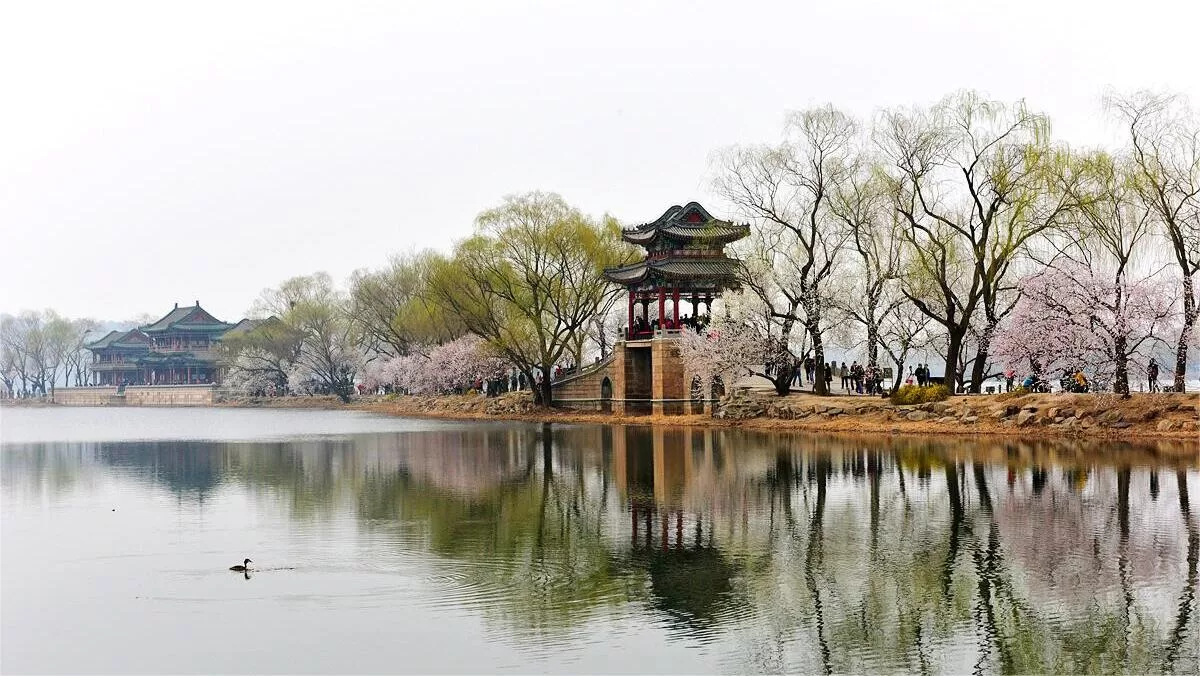The Summer Palace and Forbidden City are two of China’s most iconic tourist attractions, located in Beijing. While they share some similarities, there are several key differences between the two that are worth exploring.
Purpose and Function
Firstly, the Summer Palace and Forbidden City served very different purposes. The Forbidden City was built during the Ming Dynasty as the imperial palace for the emperors of China. It was the political and cultural center of the country for over 500 years and housed the imperial family and their staff. On the other hand, the Summer Palace was built during the Qing Dynasty as a summer retreat for the imperial family. It was designed as a place to escape the heat of Beijing and enjoy leisure activities.
Size and Layout
In terms of size and layout, the Forbidden City is much larger than the Summer Palace, covering an area of 720,000 square meters. The Summer Palace, on the other hand, covers an area of 290 hectares. The Forbidden City is also more structured, with a series of courtyards and buildings arranged in a strict north-south axis. The Summer Palace is more natural and expansive, with buildings and gardens scattered throughout.
Architectural Style
Another major difference between the two is their architectural style. The Forbidden City is a classic example of traditional Chinese imperial architecture, characterized by yellow glazed tiles, red walls, and intricate carvings. The Summer Palace, on the other hand, features a mix of Chinese and Western architectural styles, with more emphasis on the natural scenery and landscape design. The Summer Palace is also known for its beautiful gardens, which incorporate hills, lakes, and pavilions to create a harmonious and peaceful atmosphere.
Historical Significance
Historical significance is another difference between the two. The Forbidden City has played a crucial role in Chinese history, serving as the political and cultural center of the country for more than 500 years. It was the home of 24 emperors and witnessed many important historical events. In contrast, the Summer Palace is more of a leisure retreat and is associated with the decadent lifestyle of the Qing imperial family. While it does have historical significance, it is not as prominent as that of the Forbidden City.
Current Use
Finally, the current use of the two sites is different. Today, the Forbidden City has been transformed into the Palace Museum and is one of the most visited museums in the world. It houses many important artifacts from China’s history and attracts millions of visitors each year. The Summer Palace, on the other hand, is now a public park and UNESCO World Heritage site. It is a popular destination for tourists and locals alike, who come to enjoy the gardens and scenic views.
Summary
In summary, while both the Summer Palace and Forbidden City are important historical sites in Beijing, they differ in terms of their purpose, size and layout, architectural style, historical significance, and current use. The Forbidden City is a symbol of China’s imperial past, while the Summer Palace is more associated with leisure and relaxation.


